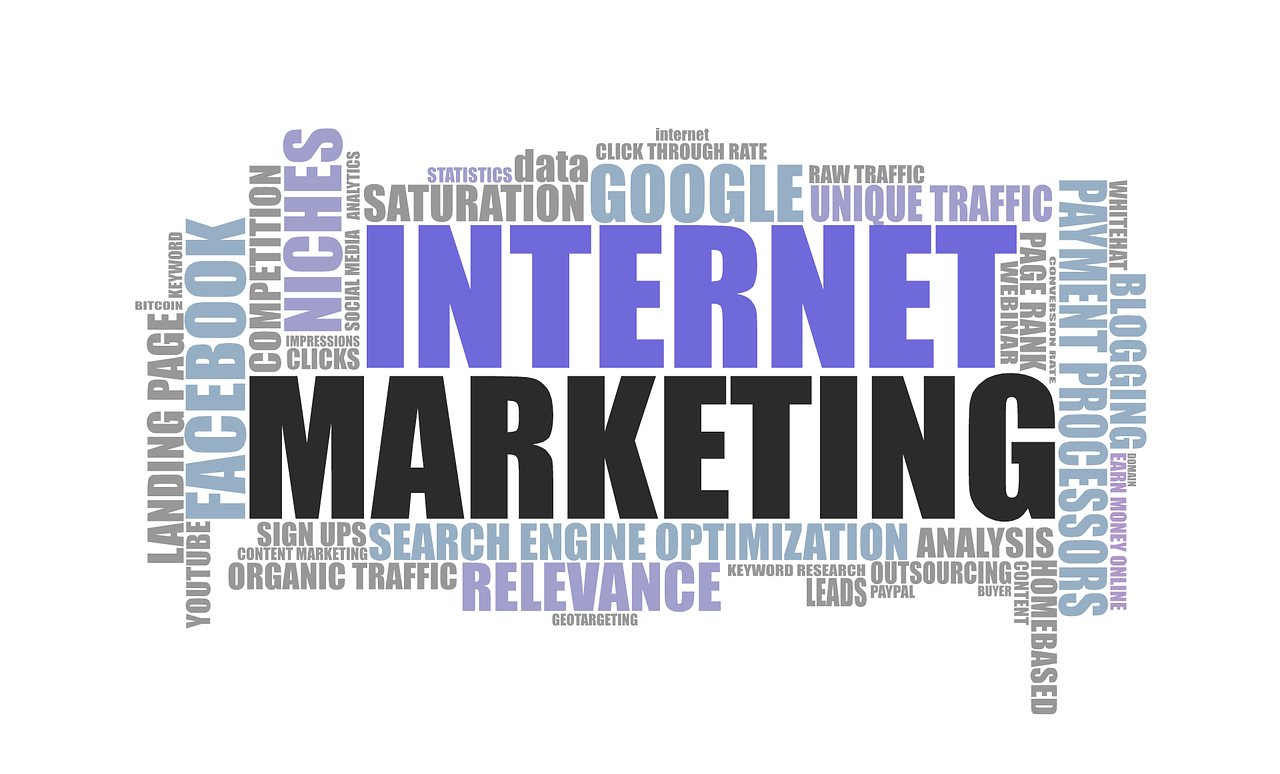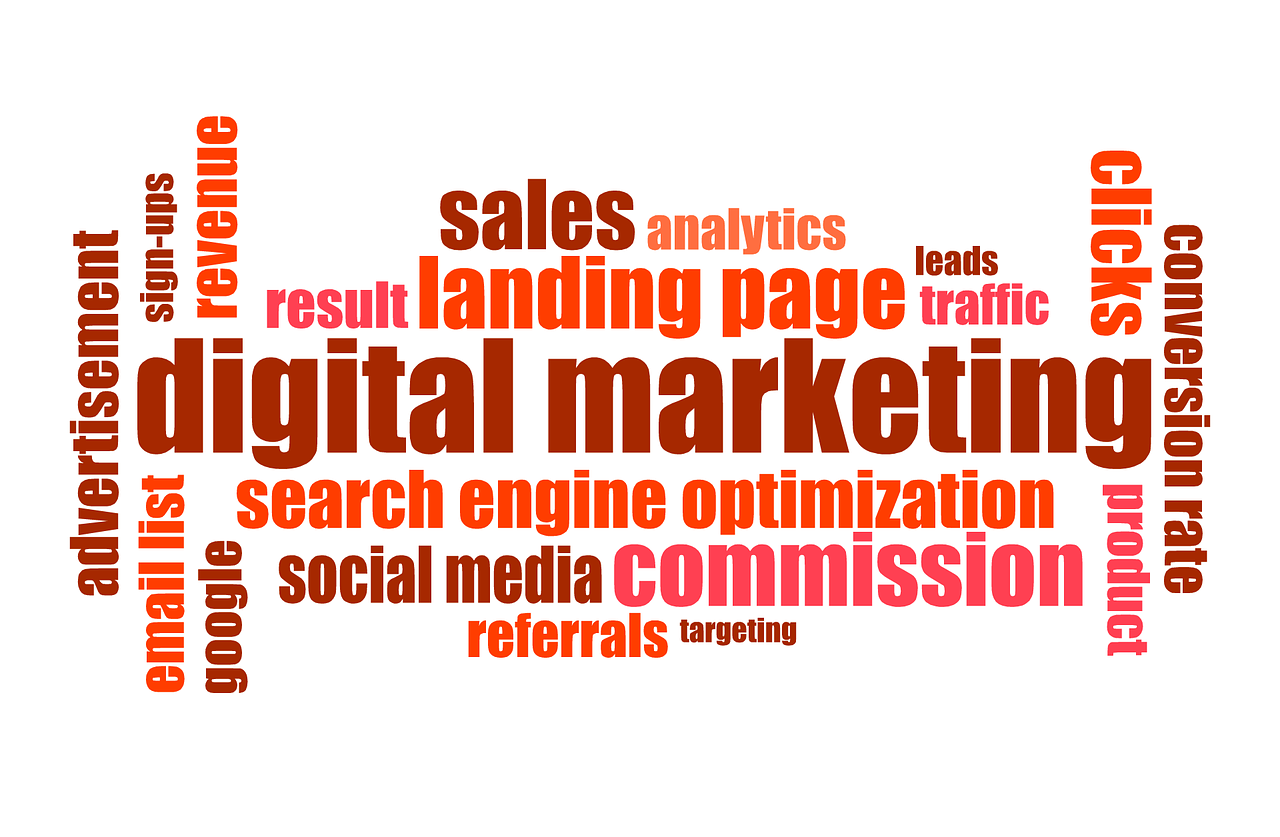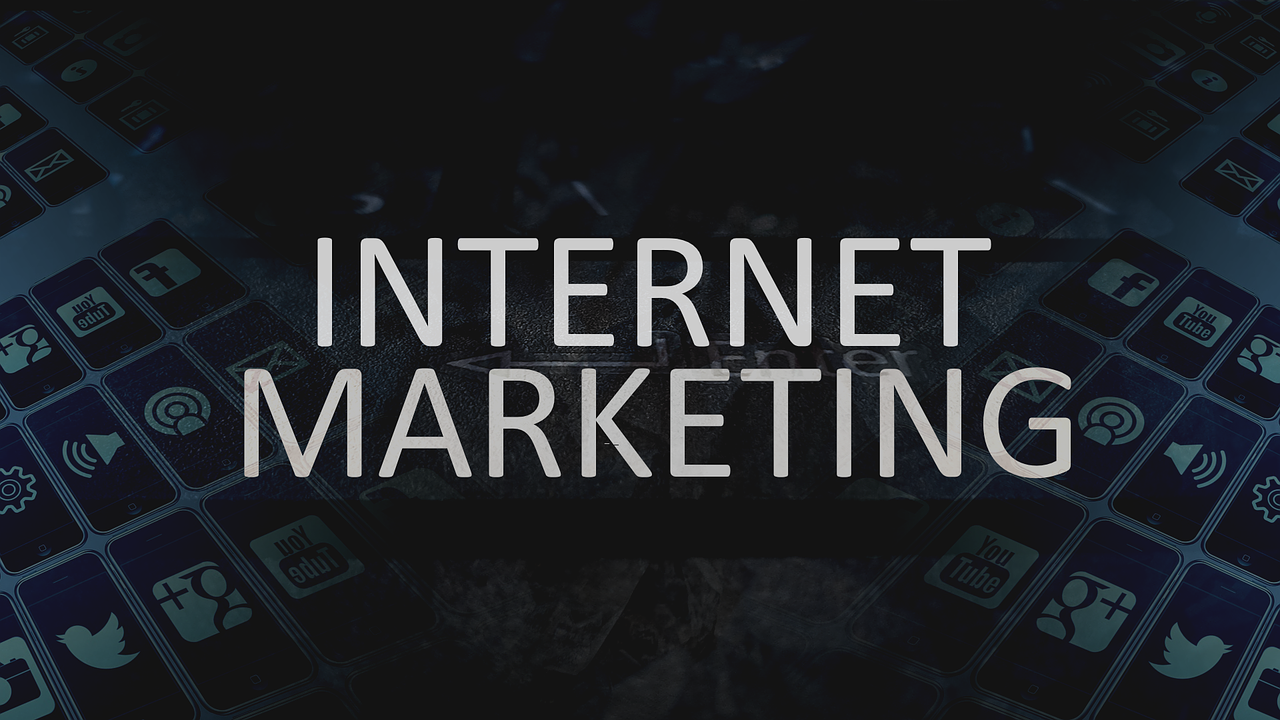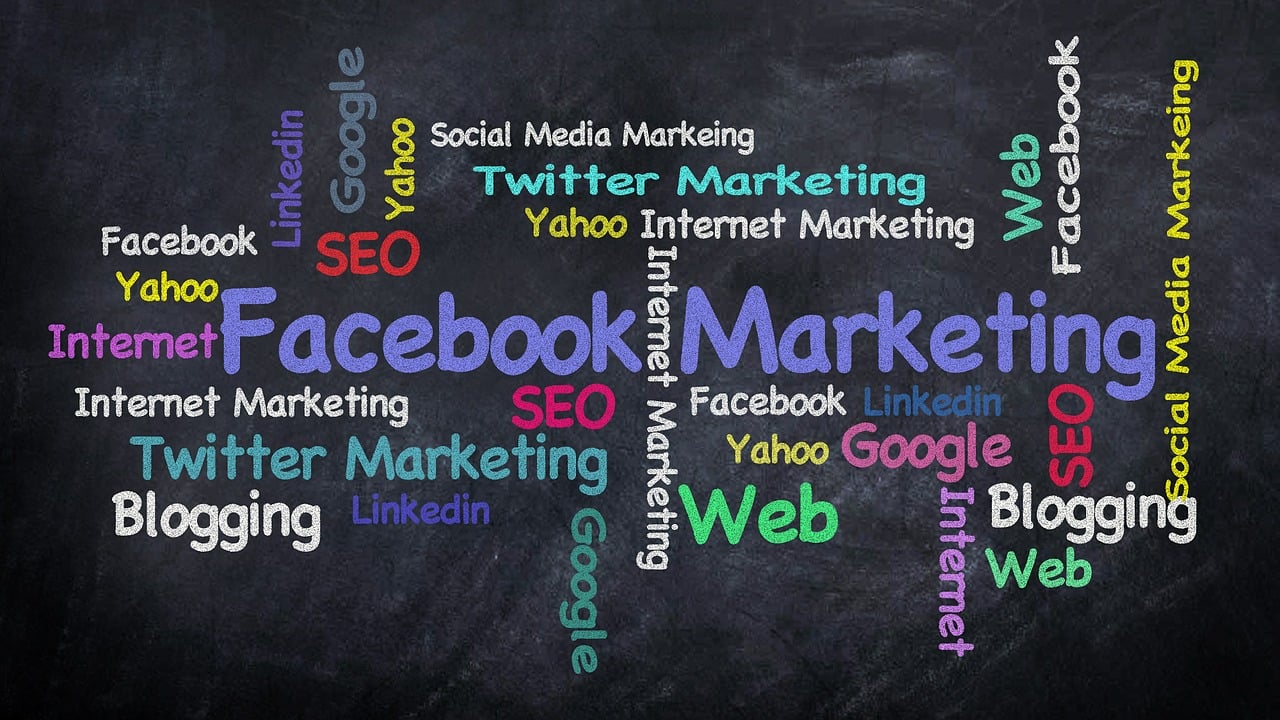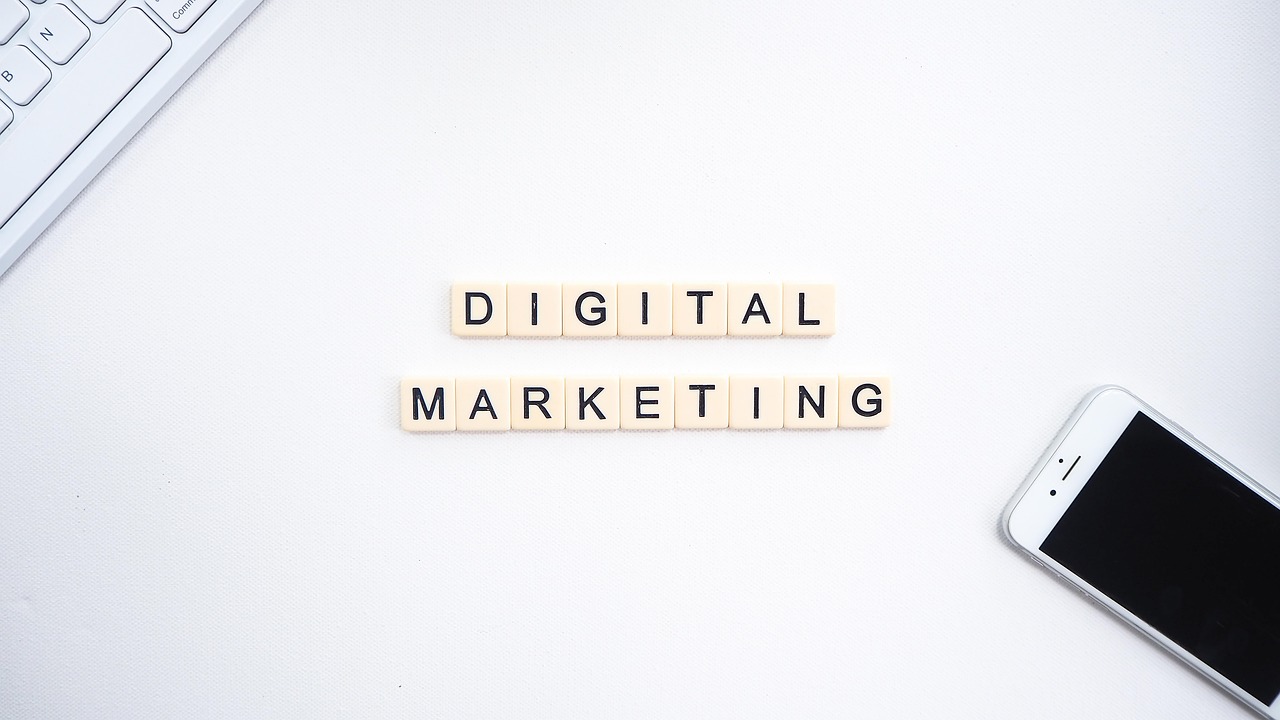Social media marketing refers to using social media platforms like Facebook, Instagram, Twitter, LinkedIn, TikTok, and others to promote a product or service. This form of marketing involves creating content tailored to each platform’s unique characteristics to engage users, foster brand loyalty, and attract new customers. Social media marketing can take many forms, including organic posts, paid advertising, influencer partnerships, and community management.
One of the biggest advantages of social media marketing is its potential for personalization. Through the use of data and analytics, businesses can target specific demographics, interests, and behaviors, ensuring that their content reaches the most relevant audience. Additionally, social media marketing allows brands to humanize themselves by interacting directly with users, handling customer service, and creating meaningful connections.
Why is Social Media Marketing Important?
- Brand Awareness: Social media platforms allow brands to reach large audiences and make a memorable impact. Consistent posting and engagement can keep the brand top-of-mind for followers and their networks.
- Audience Engagement: Through likes, comments, shares, and direct messages, social media marketing enables brands to interact directly with their audiences, creating a sense of community and encouraging loyalty.
- Lead Generation and Conversions: Social media ads, clickable links, and shoppable posts make it easy for brands to convert followers into customers. Many platforms offer tools for targeting users who are most likely to convert, maximizing the return on investment.
- Customer Feedback and Insights: Brands can gain valuable insights from their audiences through polls, comments, and DMs. Social listening helps businesses understand customer preferences, pain points, and trends, enabling them to tailor products or services accordingly.
- Cost-Effective Marketing: Compared to traditional advertising, social media marketing can be much more affordable, especially when focusing on organic growth. Paid ads are also highly customizable, making them a cost-effective solution for businesses with limited budgets.
- Real-Time Performance Tracking: Most social platforms offer analytics tools to help marketers monitor the performance of their campaigns in real time. This transparency allows for quick adjustments, ensuring the marketing strategy remains effective.
Types of Social Media Marketing
Each social media platform offers different capabilities and lends itself to various forms of marketing. Here are the main types of social media marketing that brands can use to build awareness, engage audiences, and drive sales.
1. Content Marketing
Content marketing on social media involves creating and sharing valuable, relevant content to attract and retain a specific audience. This could include blog posts, videos, infographics, or user-generated content (UGC). Each type of content serves to educate, entertain, or inspire audiences, positioning the brand as an authority in its field.
For example, a skincare brand might post educational content about skin types or ingredients. These posts not only promote products but also build trust and loyalty by providing useful information to their followers.
2. Paid Social Advertising
Paid social media marketing involves placing ads on social platforms to reach a wider or more specific audience. Advertisers can use various ad formats, including image ads, video ads, carousel ads, and Stories ads, depending on the platform. Paid advertising allows brands to target specific demographics, interests, and behaviors, maximizing the relevance of the ad to the audience.
For instance, Facebook’s robust ad platform lets businesses target people based on age, location, interests, or even specific life events like marriage or relocation. This helps brands tailor their messaging and increase the likelihood of conversions.
3. Influencer Marketing
Influencer marketing involves collaborating with social media influencers—individuals with large followings or significant influence in a particular niche—to promote a brand’s products or services. These partnerships can take many forms, including product placements, giveaways, or exclusive discount codes.
For example, a fitness apparel brand might partner with a popular fitness influencer to showcase their products in workout routines. By leveraging the influencer’s trust and reach, brands can tap into new audiences and gain credibility.
4. Social Media Contests and Giveaways
Contests and giveaways are effective tactics for generating engagement and attracting new followers. They involve inviting users to participate in a contest (usually by liking, commenting, sharing, or tagging friends) for a chance to win a prize.
These promotions not only increase visibility but also encourage user interaction, helping brands build a community and increase their followers. For example, a beauty brand might run a “Tag a friend to win” giveaway on Instagram, resulting in increased brand exposure and new followers.
5. Social Media Stories and Live Streaming
Many platforms, including Instagram, Facebook, and YouTube, offer Stories and live streaming features that allow brands to connect with audiences in real-time. Stories are short, time-limited content snippets, while live streaming provides a more interactive experience where viewers can comment and ask questions in real time.
Brands use Stories and live streams to share behind-the-scenes content, host Q&A sessions, or announce product launches, providing a more personal and authentic way to connect with followers. For example, a food brand might go live to share a new recipe or take viewers on a behind-the-scenes tour of their kitchen.
6. User-Generated Content (UGC)
User-generated content is any type of content created by fans, followers, or customers and shared on a brand’s social media page. This content could be photos, reviews, or stories that showcase a customer’s experience with the brand’s product.
UGC is highly valuable because it serves as a social proof that can increase trust in a brand. Many companies encourage UGC by creating branded hashtags or featuring customer photos on their pages. For instance, a travel company might share photos taken by customers at their vacation destinations, building a community of engaged followers.
7. Social Media Customer Service
Social media platforms have become a popular channel for customer support. Brands that are responsive and helpful on social media can improve customer satisfaction, foster loyalty, and even attract new customers through positive word of mouth.
Many companies monitor their social media profiles to respond to questions, complaints, and feedback, ensuring customers feel heard and valued. This interaction allows brands to resolve issues in real-time and demonstrate their commitment to customer care.
8. Social Listening
Social listening involves monitoring social media for mentions of a brand, competitor, product, or industry. Brands use social listening to gain insights into customer sentiments, industry trends, and public perception, which can inform their marketing strategy and product development.
For instance, a tech company might use social listening to see how customers respond to their latest product release, helping them address issues or identify potential improvements.
Choosing the Right Social Media Marketing Strategy
Choosing the right strategy depends on the brand’s objectives, target audience, and available resources. Here’s a brief guide to help narrow down the options:
- Define Objectives: Are you looking to increase brand awareness, generate leads, or boost engagement? Objectives will shape the type of content, platform, and approach you choose.
- Know Your Audience: Each platform caters to different demographics. For example, LinkedIn is ideal for B2B marketing, while TikTok is popular with Gen Z and Millennials.
- Experiment and Analyze: Social media marketing requires continuous testing and analysis. Experiment with different formats and strategies, and use analytics tools to measure performance.
- Allocate Resources: Each type of social media marketing requires different levels of time and budget. Make sure to allocate resources based on your priorities and choose strategies that provide the best ROI.
Conclusion
Social media marketing offers a powerful way to connect with audiences, build brand loyalty, and drive sales. By understanding the different types of social media marketing and choosing the right approach, brands can harness the full potential of social media to achieve their business objectives.



